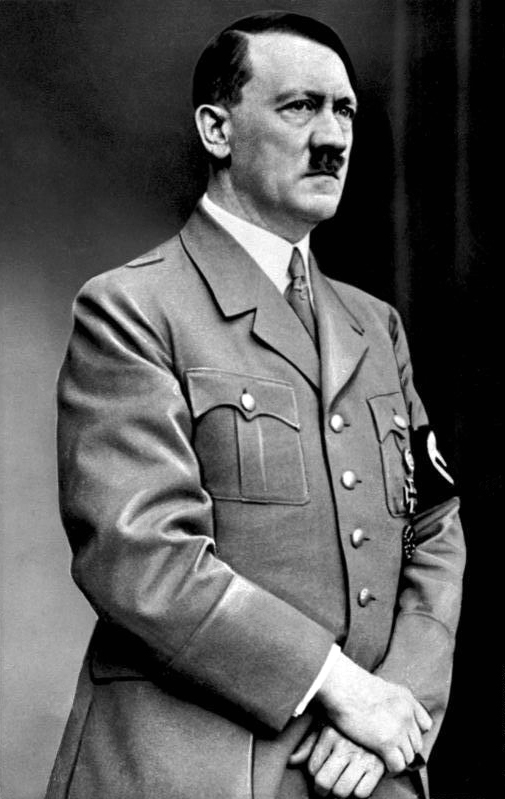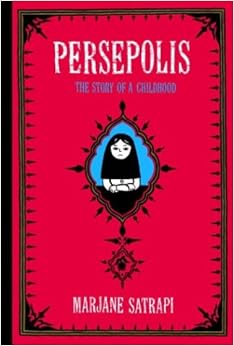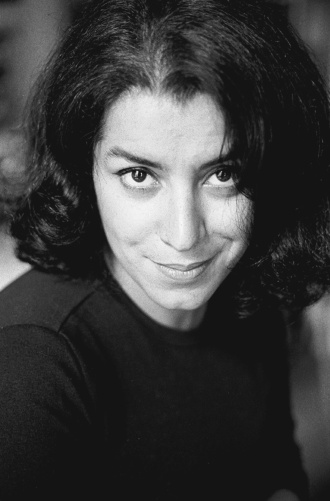The book Persepolis has many themes incorporated into it. First of all, one present theme is feminism. Actually, it would be better defined as "anti-feminism". In the book, women are not allowed to wear what they want, and instead have to wear a veil. The protagonist, Marjane, fights against this, as she wants to wear whatever she wants, but has to suffer the consequences. For example, on page 131, her parents come back from a trip from Turkey, and they bring her many gifts. For example, Nike tennis shoes, a white jacket, a Michael Jackson sticker and more. After that, she goes off to the street wearing these things, and is detained by two female "Guardians of the Revolution". After, Marjane has to lie several times to be free of arrest from these women, and in the end is successful. This piece of evidence show how the women in the text have no freedom, and in this case it is about dressing.
Another passage that supports this theme of "Anti-Feminism" is after page 78, where children of different genders must split up and go to different schools. Marjane is not happy about this, as she has many friends that are boys, from her old school. Yet, she has to deal with it, at these is nothing she can really do about it. This piece of evidence from the book shows how the government thinks men are superior to women, so they must attend a different school as them.
Finally, on chapter one there is another piece of evidence that shows acts against women. And this is the introduction of the veil. The men's excuse of why they need to wear the veil is that they say "women who show their hair exited the men". This doesn't make much sense because the men portrayed as "powerful" in the book most have beards, and doesn't that excite women? This situation shows extreme inequality to women, as they are being treated differently as men. In addition, they are being repressed, and are not allowed to wear what they like, unlike men, who can.
Moving on, another present theme in Persepolis is growing up. In the begging of the novel, Marjane is a sweet little girl who loves to play and is enjoying her life. She also has many dreams with a god, and she believes that he comes visit him every night. The plot continues, and Marjane changes, in some ways. She matures, becomes bigger, more responsible, and more. Yet, she still has some traits as she did when she was young. One of them is having no fear in doing what she likes. For example, on page 8, she tells her teacher, and her classmates that she wants to be a prophet when she grows up. Everyone laughs, but she doesn't care, and pursues this dream a bit more. When she is fourteen, she continues to fight for what she likes. Even though it is illegal, she hangs poster from the "west" in her room, and she loves them, no matter what. Also, on page 143, even though her principal disapproves it, Marjane continuously wears a bracelet to school, until one day she is expelled for revolting against the principal.
On the other hand, through Marjane's childhood, many problems faced her country, and even her family. In the reader's opinion, this kind of sped-up her growth. Not physically, but mentally. It's like she was on the clouds, and she fell down on the ground. She had to face reality in such a way, that it is unbearable to not be affected drastically by it. This goes back to the veil, because when she is a little kid, she is free and is able to play around with boys. But, after the veil, she is forced to change all that to the opposite, and this really affects her, even thought at times she rebels against these things. This situation reminds the reader about another book about a revolution, Ties that Bind, Ties that Break, by Lensey Namioka. In this book is about a little girl, Ailin, from China, and her life has to change drastically as well. When Ailin is young, she loves playing, running around, and doing all of that. But, when she around six, she has to bind her feet. She hates it, because she feels as her freedom is being taken away from her. After long fights, she is able to escape the cruelty of feet binding, but is disrespected by society in wicked ways.
Both of these books show a change from childhood, where they face a shock of cultural revolutions, and are forced to conform or face the consequences. All things considered, it is clear how Persepolis, by Marjane Satrapi, has both themes of anti-feminism and growing up.











